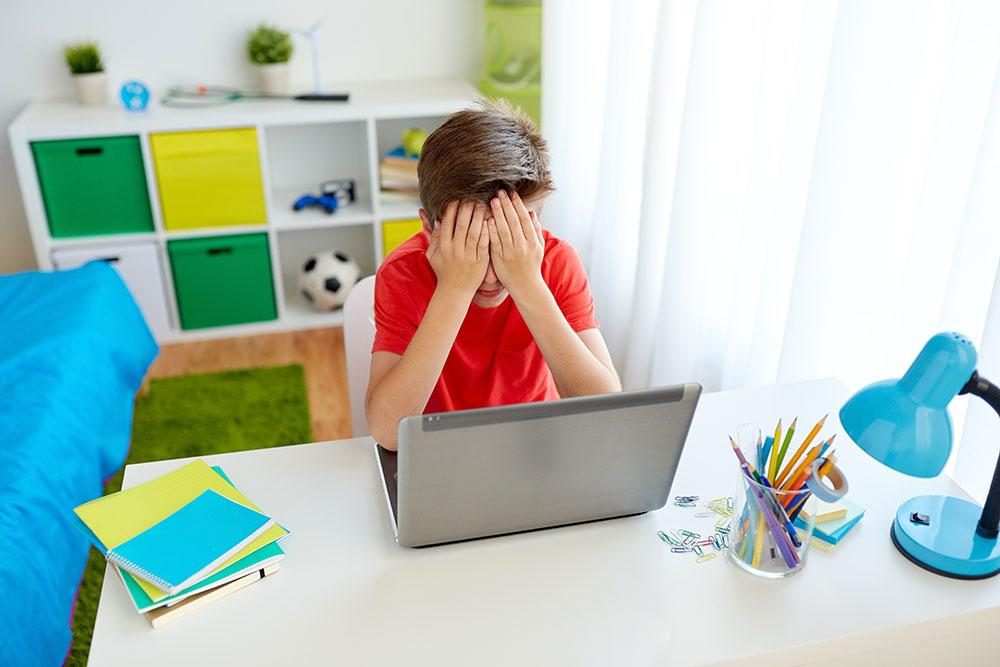A School Principal’s Guide to Manage Stress
by on 09/06/2021 ...

COVID-19 has amplified stress that has always been there for principals, not to mention teachers. While we can’t control the uncertainties happening around us, we can control how we respond to them. Especially as the principal – the leader of the school – it is vital to be able to handle stress, so you won’t mitigate the impact on your teachers.
5 Steps to Manage Stress

Dr. Stuart Shanker
The key is to build self-regulation skills. Here are 5 practical strategies that can help break the stress cycle:
1. RECOGNISE the stressors
Outbursts and breakdowns usually reflect cumulative stressors from multiple domains of your life that led up to them. For instance, anxious about students’ year-end performance results, thinking about your team’s professional development, concerned about a family issue, or even worried about being late for an appointment, could all lead to an overstressed mind. Recognising what’s causing the stress allows you to make a conscious effort to address them.
2. REDUCE the stressors
Obviously, it’s not realistic to completely eliminate all stress from your life. The goal is to reduce the stressors that you can control so that you will have more headspace and energy to cope with other stressors. In fact, a little bit of stress can tune up the brain and improve work performance.
3. REFRAME your behaviour and mindset
It’s useful to learn how to see situations from different perspectives. For example, when you see a child misbehave, it is most likely you will respond in a punitive manner. However, if you learn to read the signs that the child’s “bad” behaviour could stem from an undiagnosed learning disability, you will see a child who needs help rather than an oppositional child. The lesson here is: “See a situation differently and you will see a different situation.”
When bombarded by stressors, try to take a moment and ask “why and why now?”. This can help pull you away from strong reactions and put you in a state where you can think, reason and plan instead. Adopt a growth mindset where you see challenges as possibilities for change and improvement.
4. REFLECT on your actions and thoughts
Finding time for a mindful break to reflect on your experiences, actions and feelings can bring you closer to a state of calm where you can refocus.
5. RESTORE energy
When you feel like you are running on an empty tank, take a break and recharge with activities that energise your mind and body. Even small ways like gratitude breathing exercises or cuddling with your pet can reignite energy to help you successfully engage with life again.
This effective framework of practices can also be applied to teachers and parents to nurture happier children.




































